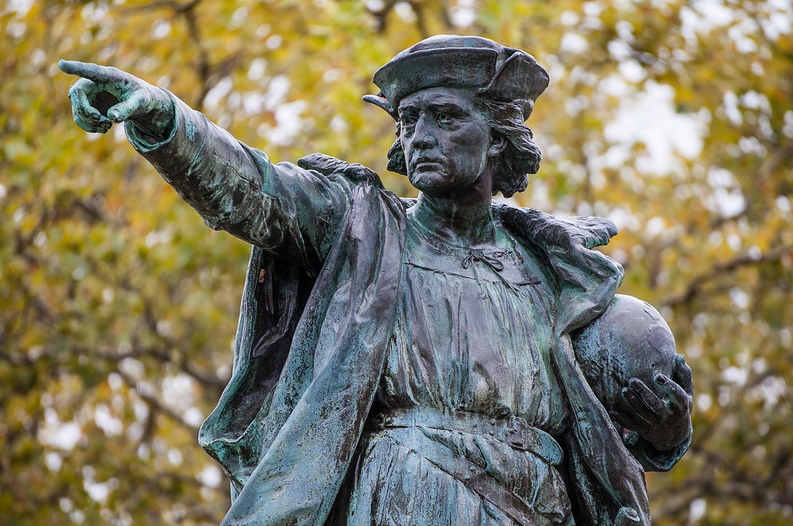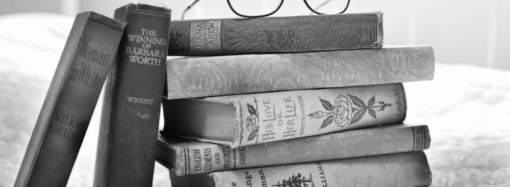They came aboard ships … just over five million they were, migrating to the United States over five decades between the late 19th and early 20th Centuries. They were Italians. They came ashore, mostly on Ellis Island in New York, but there were also other ports of call like Boston and New Orleans. With few possessions and lots of hope they disembarked with a passenger ticket in hand.
These were “documented immigrants” who had paid a legitimate entity – a steamship company as they were known in those days – to secure transport across a vast ocean to begin a new life in the new world. All was not rosy for a long time. Nor is it now.
The discrimination Italians faced in the United States was unprecedented. They were despised for their poverty, appearance, illiteracy, language, and especially for their Catholic faith. Even their co-religionists, the Irish, were perplexed at Italians praying to so many unheard of saints: Rocco, Rosalia, Gennaro, Gerardo, and dozens more. There were also all those colorful street processions in the saints’ honor and of the Madonna too, by so many different names, the likes of which the Irish had never seen. Worship services, when available, were celebrated in church basements so the Italians could be kept apart from the others.
Some darker-skinned Italians were not even considered members of the white race. In the South, especially in Louisiana, dozens were lynched.
The “Children of Columbus” as the descendants were dubbed in a 1973 study, who represent the second, third and fourth generations have become not only literate but even highly educated. A few reached lofty positions such as Supreme Court Justices Antonin Scalia and Samuel Alito.
Part of this generational formation and transformation has included the discovery of the singular and vast artistic, cultural, religious, musical, scientific, literary, and political heritage of Italy. Today’s literati and glitterati admire Michelangelo and da Vinci and read Machiavelli and Dante. More than half of all artistic treasures in the world are found in Italy, as per UNESCO’s compilation. But acceptance of Italians was never universal.
There is the experience of Enrico Fermi, one of the most famous Italian immigrants. A book review of a biography§ of the illustrious nuclear scientist tells it this way:
“In March 1939, at the Navy Department in Washington, Adm. S.C. Hooper was informed of a visitor. ‘There’s a wop outside’, the desk officer announced. The man in question, who overheard the slur, was Enrico Fermi. He had just won the Nobel Prize and had come to warn of the danger posed by his own recent discoveries in nuclear physics. Fortunately for his newly adopted homeland, he had a thick skin. America, not Italy, would build the bomb.”
Enter the new iconoclasts…!
The American left, never at a loss for causes of their own invention, have targeted the heritage of the “Children of Columbus.” In a campaign to eliminate their concept of “hate,” they have singled out certain statues and historical monuments for extermination.
After tearing down Confederate statues down South, another political leftist, New York City Council Speaker Melissa Mark-Viverito, pinned the hate label on Christopher Columbus and called for the removal of his marble statue that has stood on a 70-foot high pedestal in Columbus Circle in the heart of New York City. The statue was financed with contributions of Italian immigrants to commemorate the 400th anniversary in 1892 of the discovery of America.
Why Christopher Columbus?
On his return voyage to Spain in late 1492 Columbus brought several people of the new world he had discovered to introduce to the people of Spain. Today’s “hate eradicators” accuse Columbus of promoting slavery. However, slavery in the new world came later with the Spaniards (do they not know of the Conquistadores?) in South America and, in North America, the English, who do not (yet?) feature in today’s “hate eradication” agenda. History is indeed inconvenient.
Curiously, one of the champions of Columbus revisionism is none other than the half-Italian American Mayor of New York City who calls himself Bill de Blasio. Born Warren Wilhelm, Jr., he was estranged from his alcoholic father, who had abandoned the family, and changed his surname to de Blasio, his mother’s maiden name. He named his two children Dante and Chiara because he was proud of his Italian heritage.
With an eye on the forthcoming mayoralty election and another on his left-wing base, de Blasio announced that he will appoint a “commission of experts” to study the statue issue and report to him within 90 days. That is, after the November elections! It’s his way of having his cake and eating it too. The ethnic composition of New York City is varied, but Italian-Americans are still one of the largest voting blocs.
To put things in historical perspective, the tributes to Christopher Columbus are many. There are at least eight cities in the United States named after him such as Columbus, Ohio and Columbus, Georgia. There are fraternal organizations named after Columbus such as the Knights of Columbus, the largest brotherhood association in the world. Police and fire departments in cities and areas where there is a large presence of Italian Americans have a Columbia Association to carry out charitable endeavors in their communities. In New York City there is the Columbus Citizens Foundation which sponsors the annual Columbus Day Parade on Fifth Avenue in October, an event that dates as far back as 1929. Finally, there is the world renowned Columbia University. Name change anyone?
What the “hate eradicators” may not perceive is that symbols such as statues have historical value and emotional meaning. It took great courage for Columbus, a self-made man and expert navigator from humble Genoese origins, to set sail with the responsibility for a few hundred fellow sailors to explore unchartered waters. Faithful to his given name of “Christ-bearer,” Columbus was anxious to spread the Catholic faith among the people he encountered in the new world.
Should the cross of Christ that Columbus was instrumental in implanting in the new world be next on the “hate eradication” agenda? The “hate eradicators” need to be reminded that they themselves, with scant appreciation of history, legacy and brotherly love, are themselves perpetrators of hate, division and desecration.
Coincidentally, this year marks the centenary of the death of Saint Frances Xavier Cabrini, the patron saint of immigrants, who was sent to the new world by Pope Leo XIII in 1889 to care for the spiritual and material welfare of Italian immigrants and their families, adrift in the Americas.
Today who will come to aid of the “Children of Columbus” as they face their own opprobrium?
Vincenzina Santoro is an international economist. She represents the American Family Association of New York at the United Nations.
Note
* Erik Amfitheatrof. The Children of Columbus: An Informal History of the Italians in the New World, Little, Brown, 1973.
§ Gino Segrè, The Pope of Physics: Enrico Fermi and the Birth of the Atomic Age, 2016.
This article has been republished from MercatorNet under a Creative Commons license.
[Image Credit: Kenneth C. Zirkel (CC BY-SA 3.0)]
















Leave a Comment
Your email address will not be published. Required fields are marked with *